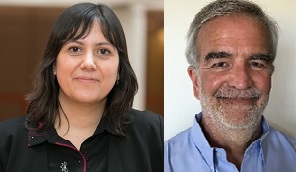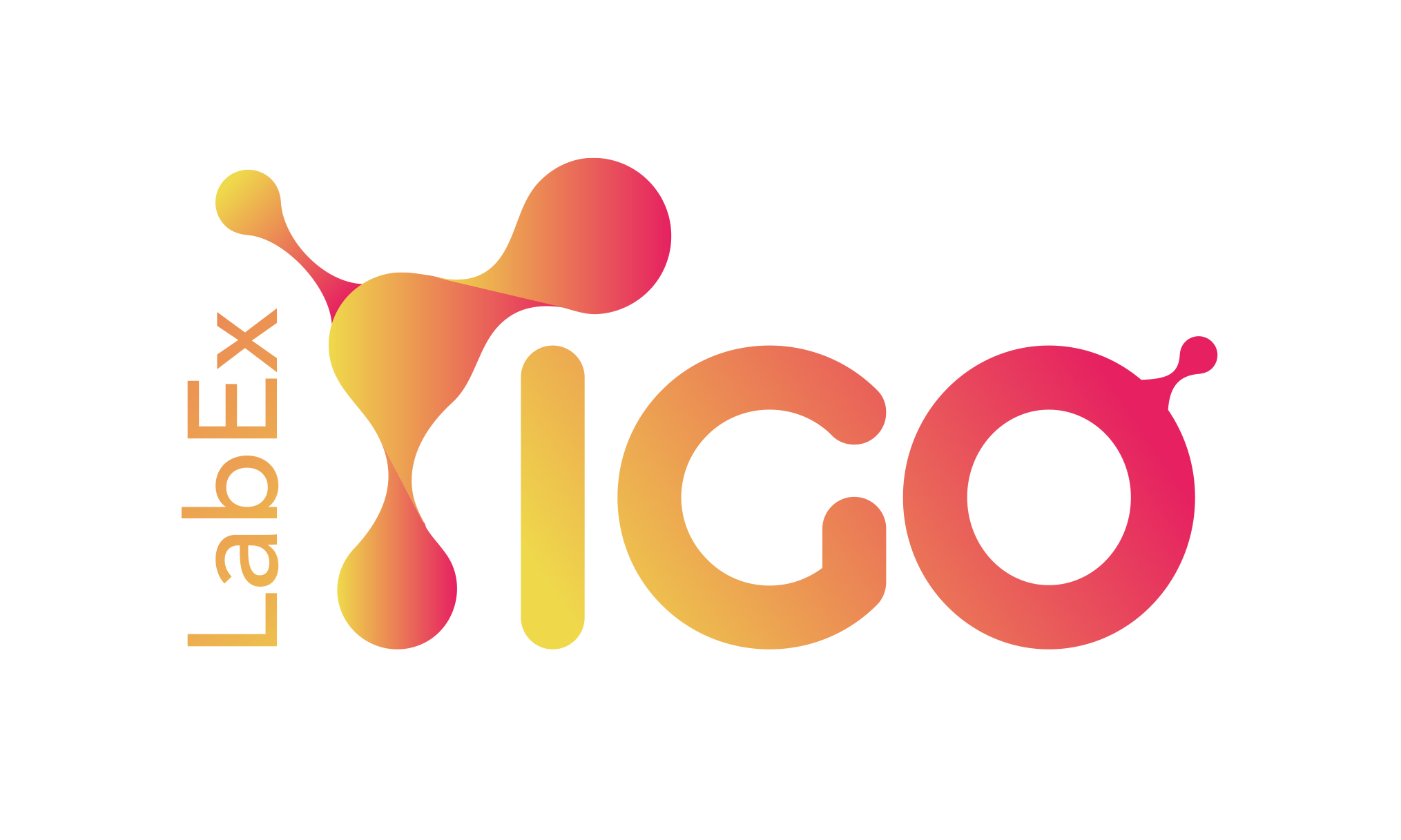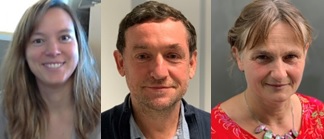Three selected LabEx IGO projects were awarded 300 k€ each
 On September 21st, 2020, the LabEx IGO Scientific Advisory Board auditioned five shortlisted project carriers who had applied to the 2020 LabEx IGO internal call.
On September 21st, 2020, the LabEx IGO Scientific Advisory Board auditioned five shortlisted project carriers who had applied to the 2020 LabEx IGO internal call.The objective of this call was to support new, ambitious and collaborative projects among the member labs of LabEx IGO, presenting integrative immunology approaches in humans using high dimensional tools and bioinformatics.
The jury selected 3 research projects to be awarded 300 000 € each for their outstanding work.
Discover the 3 awarded projects:
|
Role of lactic acid in the tumor escape |
Next generation IL-34 and application in diseases (NEXT-IL34) Coordinator / Partner 1: Carole Guillonneau & Ignacio Anegon - CRTI U1064, Team 2 Partner 2: Erwan Mortier - CRCINA U1232, Team 1 Partner 5: Luis Barbeito - Pasteur Institut, Uruguay Partner 3: Christophe Blanquart - CRCINA U1232, Team 4 Partner 6: Andrew Dick - University of Bristol, UK Partner 4: Stephanie Gras - Monash University, Australia Partner 7: François-XavierHubert - AbolerIS Pharma The use of immunosuppressors in transplantation and autoimmune diseases has allowed remarkable success in the short and medium term, but unwanted side effects still lead to high morbidity and mortality. Therefore, new treatments are needed that will be more specific for anti-donor immune responses or with less side effects and that would allow at least to decrease the use of immunosuppressors. Cytokines are powerful tools for controlling immune responses. The discovery in 2008 of IL-34 as a new ligand of CSF-1R opened new perspectives and we described recently the immunoregulatory properties of IL-34 in rat and human. The general objective of this project is to generate and test improved formats of IL-34 for more efficient and/or more targeted in vivo use and to better define the actions of IL-34 on monocytes, DCs, microglia and Tregs. |
| B cell functional heterogeneity in both protective and pathogenic immune responses : Towards a better understanding of regulatory B cell subsets ontogeny and dynamics (BECOME)  Coordinator / Partner 1: Sophie Hillion - LBAI U1227 Coordinator / Partner 2: Sophie Brouard - CRTI U1064 Coordinator / Partner 3: Céline Delaloy - MICMAC U1236 B-cell with functional duality have been described in diverse pathophysiological situations exhibiting either pro-inflammatory or suppressive function on the immune response. These suppressive B cells act mainly through the production of IL-10. However, this is not exclusive and other mechanisms exist and even coexist with IL-10 production like for example the production of Granzyme B. Bregs have a high degree of phenotype heterogeneity according to the immune contexts, species and tissue localization. And for now, the existence of a stable marker that unambiguously define Breg subsets has not been found. Consensual framework actually proposes that B cells could acquire regulatory functions under a specific environment leading to the convergent existence of immuno-regulatory progenitors prone to differentiate into regulatory plasmablasts- plasma cells. However open questions remain regarding the ontogeny and dynamics of those different cells in human. In this collaborative effort gathering three groups from the Labex IGO (U1227, U1236, U1264), we aim to decipher the dynamics of Breg subsets at the single cell level using single-cell RNA and ATAC sequencing as well as mass cytometry to catch the transient states leading to the acquisition of regulatory functions. This will enable to explore the molecular mechanisms underlying this process. Finally, we plan to explore the distribution of the Breg subsets in patients using high multi-parameter mass cytometry in blood but also using imaging mass cytometry in tissues (Hyperion Platform). This part will benefit from the access of our three groups to well characterized patient cohorts including kidney transplanted patients (U1064), patients with Sjögren syndrome (U1227), multiple sclerosis and rheumatoid arthritis (U1236). |



